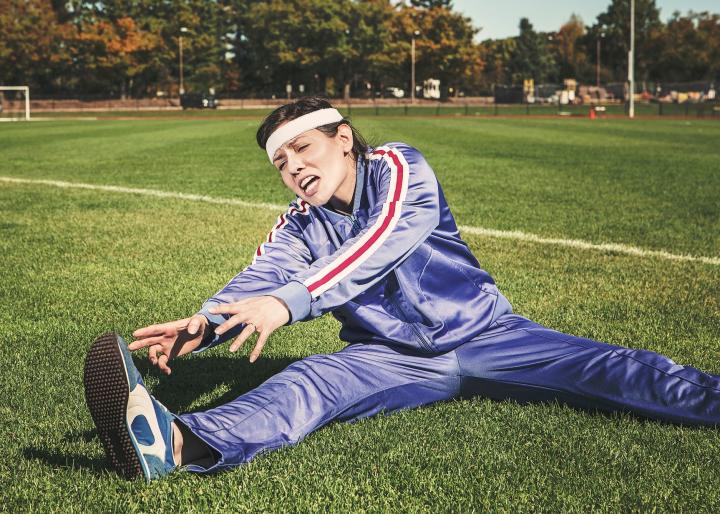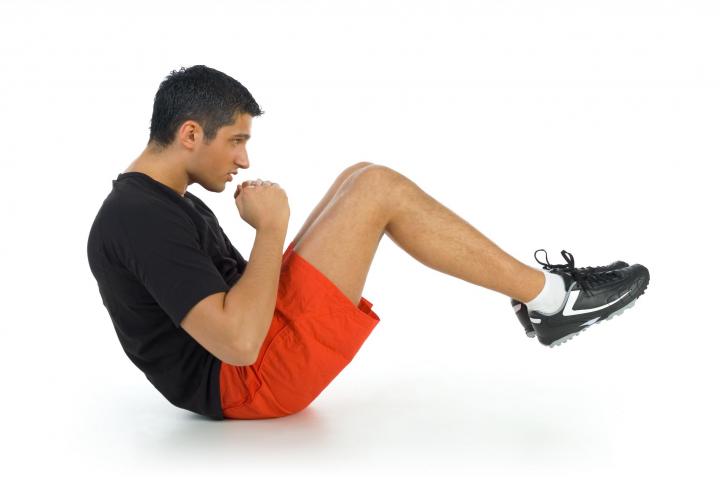Sometimes, it can be difficult to start exercising—and even more difficult to stick with it! Here are some tips to help you start exercising again, even if you do not have a gym membership.
Why Bother Exercising?
Let’s start with this thought: If your doctor gave you a prescription that she said would improve your mood, improve energy, keep you mentally sharp, help you manage weight, reduce your risk of disease and injury, improve your sex life, extend your life span, and cost little to nothing, you’d probably say, “Come again?”
Good news! A prescription is immediately available—and you don’t need a doctor to write it for you. It’s exercise!
Of course, you already knew this. But you have a busy schedule. Or, perhaps you have a bad back (knee, shoulder, hip). You can’t afford the gym membership. You don’t look good in Spandex. You don’t have a shower at work. You fell off the exercise wagon, and you can’t find the motivation to start over. You hate exercise. You just don’t want to do it.
Do people really need to exercise?
Not exactly. What you need are ways to keep using those muscles and tendons of yours. The “use it or lose it” principle really does govern how your body works.
The good news is that you really do not need to spend hours in a gym. A little exercise can have a major effect on your health. Research suggests that just 15 minutes of exercise a day can add three years to your life. Half an hour, an hour, or even more, and the many confirmed benefits noted above soar.
Yet fewer than one in five Americans gets half an hour of movement three days a week, and more than a quarter of U.S. adults don’t get any.

Cut Your Healthcare Costs
First and foremost, fitness fits into the frugal, down-home household because it minimizes your encounters and the costs associated with the professional healthcare system by cutting your risk of injury and illness and boosting your emotional health.
If you’re pregnant or nursing an injury or if you have a serious disability or a chronic health condition, by all means see your healthcare practitioner before you start an exercise program. He or she can help you find exercises that will work around your limitations but still deliver the benefits of becoming more active.
If not, get up and get moving. Do it today.
10 Self-Start Exercise Tips
No excuses. Just do it!
- Start by stretching. Perhaps that is all you do the first week. Flex the muscles you’ll be using, such as leg kicks, walking lunges, or arm swings. Do 10 sit-ups. Learn to stretch every day to stay flexible to stave off injury.

- The experts tell you to find something that you enjoy. I say don’t worry about enjoyment. We’re not talking about the same sort of enjoyment that comes from eating a triple-fudge sundae with whipped cream. Most committed exercisers I know almost never want to pull on their duds and get moving. You don’t have to want to. You don’t have to enjoy it. You only have to do it. Today.
- If you do not think you have an hour to share, try short 5-, 10-, or 15-minute bursts of activity.
- Start slowly and work up. Increase your speed, duration, and strength gradually. Jumping in too quickly can lead to injury and set you back even further!
- If you’re going to run, start with walking, for example. Or, if you’re lifting weights, begin with a few light reps.
- Schedule. The best way to make an appointment is to schedule it. For example, after the alarm clock goes off, get dressed and just walk out the door. Leave work for the day and head straight to the gym before you go home. Then reward yourself with a cup of coffee.
- Read/learn everything you can about how your body works and responds to exercise.
- Find a training partner or partners. The only requirements: Find someone at about your level of fitness and someone who’ll always show up. When you find one, he or she will likely become your best friend.
- Stay indoors on bad air-quality days.
- Participate in “citizen” sports. Most footraces encourage walkers. Most multisport events encourage teams (e.g., for triathlons, a swimmer, a biker, and a runner). Many big races and charity events feature participant training programs that welcome all comers and tune you up under the supervision of an experienced coach.
The Best Exercise
What’s the best exercise?
Walking? Walking the dog? Jogging? Running? Splitting and stacking firewood? Brisk raking? Shoveling snow or compost? Mowing the lawn with a push mower? Snowshoeing? Swimming? Hiking? Up-and-down-stairs repeats? Jumping rope? Dancing to the radio in your living room? Maybe hula-hooping?
None of the above.
The best exercise is the one you do today. It’s the only one that counts.
Interested in walking or running in a footrace for a goal? See how to go from the couch to a 5k in two months.













Comments